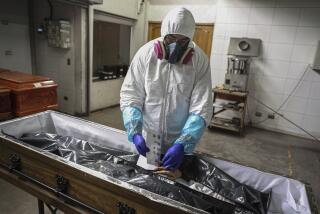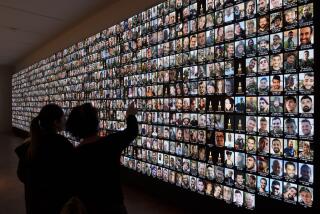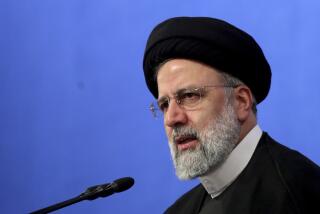Here’s what’s next in the nuclear negotiations with Iran
Reporting from Lausanne, Switzerland — The announcement of a tentative outline of a nuclear deal between Iran and six world powers starts three months of bargaining that may be even more difficult than the diplomacy of the last 18 months.
Negotiators will need to resolve numerous disputes to meet their goal of completing a comprehensive agreement by June 30 to ease economic sanctions on Iran in exchange for limiting its ability to build a nuclear weapon.
Despite marathon talks here over the last eight days, the negotiators left many issues, such as dealing with the Iranian stockpile of low-enriched uranium, on the table for later discussion.
Some of the technical challenges -- how quickly to remove economic sanctions on Iran, how intrusive monitoring and inspections will be, and how Iran will be allowed to operate its uranium enrichment sites and plutonium reactor -- are deeply complex.
A U.S. official said recently that major negotiations will be required to overcome the remaining disputes.
The talks so far have been conducted on two tracks: one pursued by senior diplomats, and a second by teams of technical experts.
U.S. nuclear and sanctions experts have been meeting constantly with their counterparts abroad to discuss the issues.
The talks between now and June 30 will follow the same two paths.
The final rounds of talks are expected to shift to Vienna, where they were held last year.
Vienna is home to the International Atomic Energy Agency, the United Nations nuclear watchdog, which would play a key role in verifying Iran’s compliance in any deal.
More to Read
Sign up for Essential California
The most important California stories and recommendations in your inbox every morning.
You may occasionally receive promotional content from the Los Angeles Times.











